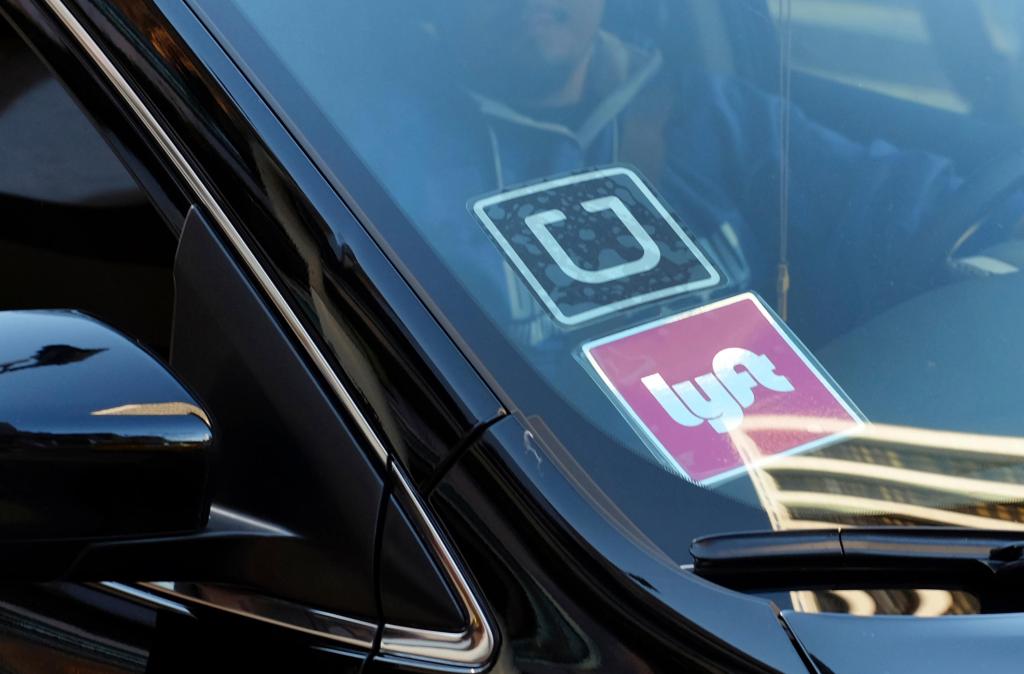One of the best investor developments of the past decade is how technology has made the process of putting money to work so much easier.

After the advent of index funds 50 years ago, the ability to use an app to buy and sell at low or no cost has allowed millions of investors globally to access markets without struggling to navigate an antiquated system that often required an expensive intermediary.
That’s the good news. The bad news is that we have essentially given a lot of people the keys to our cars. These are people who haven’t been behind the wheel and have not yet taken drivers education. I thought about that when I learned that Fidelity had rolled out a new product: The Fidelity Youth Account. It’s touted as an “account where teens 13 to 17 can learn to spend, save, and invest.” Fidelity also provides a free debit card — with no account fees or minimums. So now we’re giving keys to our cars to teenagers, whose parents may or not be willing to practice driving in a deserted parking lot, before hitting the road.
A couple of caveats about the Fidelity accounts: only kids whose parents or guardians have an existing account at the firm can open a youth account — and parents can monitor account activity online, and through monthly statements, trade confirmations, and by viewing debit card transactions. Parents can also set up alerts to notify them of trades, transactions and cash management activity. Deposits are capped at $30,000 annually; the service does not charge account fees or commissions for online trading, mirroring the policy for all online accounts. At age 18, the teen’s account is converted to a retail brokerage account for free.
I know this sounds like a great way to create young investors, but investment companies and apps always promise to provide investor education, and yet, many of the newbies still end up getting information from social platforms and message boards. How can we prepare them to learn the basics and not fall prey to the latest investment fads? One group of business, sports, entertainment and nonprofit leaders believes it has the answer: Financial Literacy for All.
John Hope Bryant, Chair and CEO of Operation HOPE and a Co-Chair of the initiative with Doug McMillon, the CEO of Walmart, said the group aims to embed financial literacy into American culture and hopes to “reach millions of youth and working adults, enabling them to achieve greater financial success for themselves and their families.”
A laudable goal, but one that may be elusive: according to Dorothy A. Brown, law professor at Emory University and author of the compelling The Whiteness of Wealth: How the Tax System Impoverishes Black Americans-and How We can Fix It, “Financial literacy training has been proven to be ineffective: A study found that financial literacy accounts for only 0.1% differences in behavior when it comes to financial decision-making.” In other words, even if we provide drivers education to Americans before they invest, they still may end up in a ditch.
The problem is that we not only need to teach the basics of being behind the wheel, but we also need to provide new investors with defensive maneuvers. The study notes that financial literacy is less effective with time and that there is a “real but narrower role for ‘just-in-time’ financial education tied to specific behaviors it intends to help.” Before opening new accounts for teens — or anyone else, it would be helpful if these large firms and platforms had ways to help new investors understand the risks that they are about to take before trades and transactions occur.
Jill Schlesinger, CFP, is a CBS News business analyst. A former options trader and CIO of an investment advisory firm, she welcomes comments and questions at askjill@jillonmoney.com. Check her website at www.jillonmoney.com










